PRESERVING A MILITARY LEGACY FOR FUTURE GENERATIONS
The following Reflections represents GMC Jory Luchsinger’s legacy of his military service from 1965 to 2001. If you are a Veteran, consider preserving a record of your own military service, including your memories and photographs, on Togetherweserved.com (TWS), the leading archive of living military history. The following Service Reflections is an easy-to-complete self-interview, located on your TWS Military Service Page, which enables you to remember key people and events from your military service and the impact they made on your life. Start recording your own Military Memories HERE.
Please describe who or what influenced your decision to join the Coast Guard.

My father and his two brothers were all WWII veterans, and my great grandfather was a Civil War vet for the Union Army. With the draft approaching in 1965, my dad suggested I start thinking about what I was going to do since I was out of college for a semester and had lost my student deferment.
Serving in the military was, I suppose, a family obligation. Like many of my peers, I started looking around for alternatives to being drafted. The US Navy and Coast Guard were my first choices since I was raised near the ocean on Long Island, NY. I recall seeing Coast Guard 40-foot patrol boats on Long Island Sound and was sort of envious of the sailors manning those boats.
I, like other guys, went to several USCG Recruiters and found that they all had waiting lists for many months. One recruiter suggested that I contact a USCG Recruiter in a less densely populated area (I lived in the suburbs of New York City). I found a Recruiter in Syracuse, NY, who had openings and went there, took the tests, and was accepted. My reporting date was set as November 1st, 1965.
Whether you were in the service for several years or as a career, please describe the direction or path you took. What was your reason for leaving?
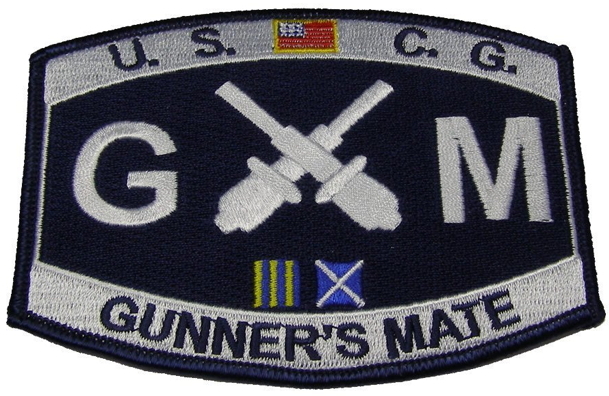
I completed Ordnance “C” School in Groton, CT, in 1966 and advanced to GM1 during the next several years. After four years of active duty, I was released (RELAD) and was transferred to the Ready Reserve, as it was known then (1969). Almost immediately, a former shipmate, who was now a recruiter and lived nearby, suggested that I stay in the Reserves and attend drills since there was a monthly paycheck for doing so, and I could use the money.
I had left active duty as a GM1 with over 3 1/2 years of sea duty, so I was well-positioned to make Chief. I finally took the Service-wide for E-7 and was advanced to GMC in 1971. I enjoyed my assignments in the Reserves, from Port Security & Boardings, becoming a Small Arms Instructor, and eventually becoming the Program Manager for all Reserve Small Arms training at USCG Group Baltimore.
Time went on, and I found that I had slightly over 36 years of total USCG/USCGR service to my credit by the end of 2001. It was finally time for me to retire. Following the 2001 terrorist attacks, I had received orders to involuntarily activate and report to USCG Training Center, Cape May, to participate in their Small Arms Training Unit. At that point, I elected to retire.
If you participated in any military operations, including combat, humanitarian and peacekeeping operations, please describe those which made a lasting impact on you and, if life-changing, in what way?
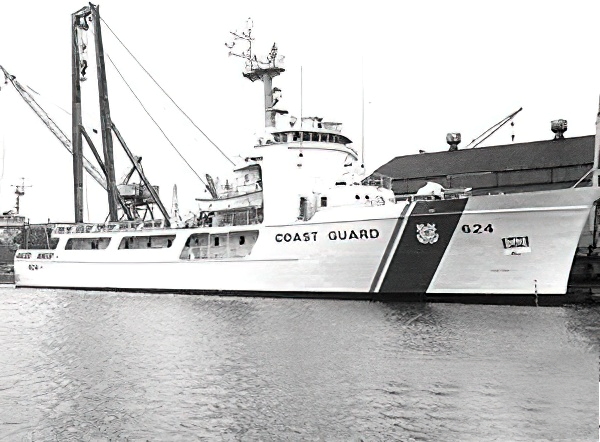
From 1965 through the 1970s and even today, refugees from Cuba were attempting to cross the Straits of Florida to the Florida Keys and the mainland.
The cutters I was stationed on at the time, USCGC Ariadne, USCGC Cape Fox, and USCGC Dauntless, were responsible for patrolling the Straits of Florida to locate and rescue these refugees. By virtue of my high school Spanish classes, I was the designated interpreter. Thankfully, there was almost always one refugee in the groups that spoke some English. It was a rewarding duty to save others and sometimes tragic when encountering empty refugee boats.
Later in life, I was introduced to one of the many refugees we had rescued who remembered me from some years earlier. He was a successful businessman in Miami and quite a coincidence!
Did you encounter any situation during your military service when you believed there was a possibility you might not survive? If so, please describe what happened and what was the outcome.
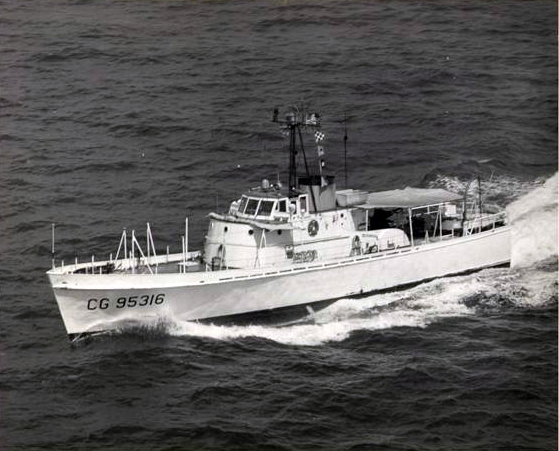
Another operation that made a lasting impact on me was in mid-to-late 1967-1968 I was stationed on the Cutter Cape Fox, home-ported in West Palm Beach, Fl. During that time, NASA was preparing to send the first astronauts to the moon and was testing the Titan C-3 first-stage rockets by firing them out over the Atlantic Ocean from Cape Canaveral. Our ship was tasked with sinking the first stage rockets after they had fallen back to the ocean offshore so that the nearby Russian “fishing boats” couldn’t retrieve them and steal the technology the US had employed in their construction.
We would sail into Port Canaveral and pick up a US Air Force Explosive Ordnance Disposal (EOD) Team, then sail out to a pre-determined position in the Atlantic where the NASA scientists had determined the first stage rocket would land. At that point, the EOD Team would swim over to the rocket, attach explosives to it, swim back to the ship and detonate the explosives and sink the rocket. Most of the time, the landing spot calculated by the NASA people was pretty accurate; other times, not so.
The tricky part of these missions was that the rockets would be spewing a toxic, orange-colored, corrosive gas called nitrogen tetroxide as they came back to earth. If we were in the wrong position and happened to pass through this cloud of gas, we could all suffer some serious medical issues and possible death. On one mission, all hands were looking skyward for the rocket re-entry, and we noticed that it looked like it was going to land right on top of us! We quickly maneuvered to a position we felt was upwind of the expected landing spot and successfully missed the gas cloud. It was really too close a call for my liking.
There were other episodes experienced while underway on patrol or during SAR cases where I felt my days numbered. These included riding out a hurricane at sea while stationed on the 95-foot Cutter Cape Fox. We were in the Florida Straits and were ordered to not return to port but to ride out the storm at sea. We encountered monstrous waves and swells, very high winds, rain, and restricted visibility. Everything on the ship was lashed down tight and secured, or so we thought. During one exceptionally violent roll of the ship, a dewatering pump weighing probably 125-150 pounds broke loose from its storage rack and went flying overboard. That pretty much got everyone’s attention as to what we were involved in. Luckily, we and the ship all survived to sail another day.
Of all your duty stations or assignments, which one do you have fondest memories of and why? Which was your least favorite?
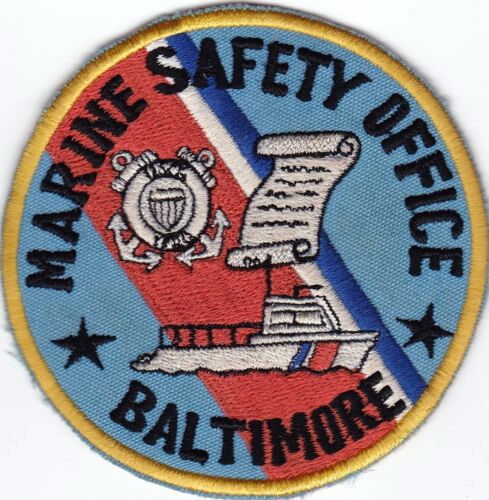
Duty aboard the USCGC Cape Fox, a 95-footer homeported in West Palm Beach, FL, was, by far, my favorite duty station. It was like an oversized motorboat, a 105-ton steel-hulled vessel that could run at about 17 knots at full speed. A fantastic fishing platform when there were no SAR cases or other “distractions,” especially in the Florida Keys, which was our primary 5-day long patrol area. I qualified as an underway OOD and enjoyed the piloting, navigating, and maneuvering aspects of that duty.
I don’t have a least favorite duty assignment, except for perhaps my time stationed at USCG Reserve Station Washington, DC. I was a Gunner’s Mate and was about as far away from any kind of rating-related activity as could be. Many hours were spent just sitting around doing practically nothing.
Fortunately, after some months of this boredom, I was reassigned (at my request) to the Reserve Small Arms Training Team at Coast Guard Group Baltimore, where I spent many years with an exceptional and dedicated team of men qualifying and training other Reservists in the use and safe handling of various small arms.
From your entire military service, describe any memories you still reflect back on to this day.
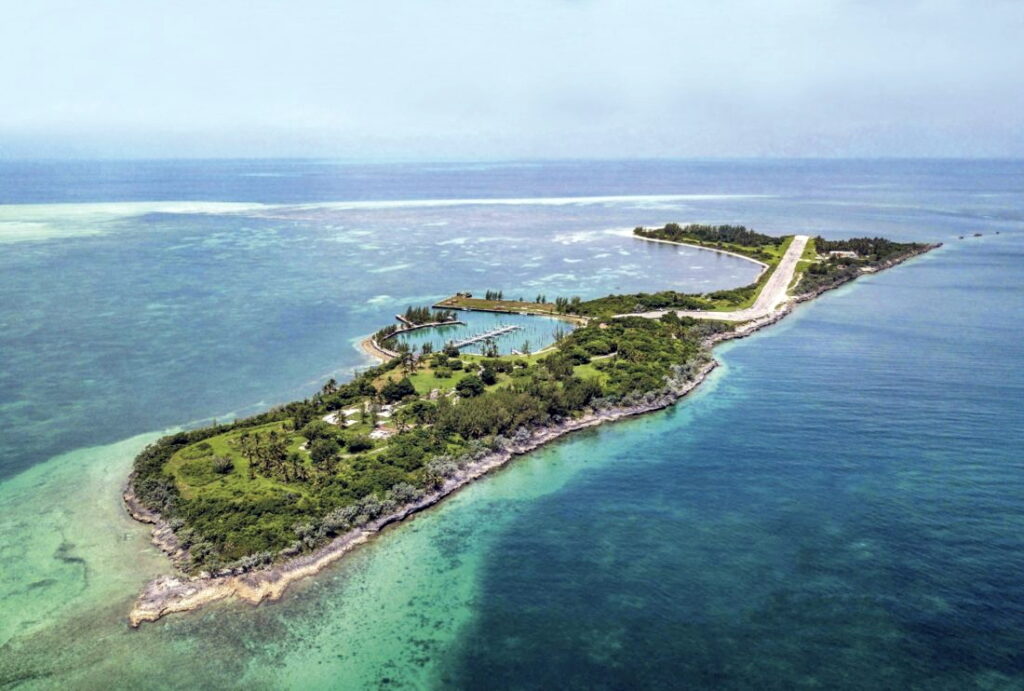
Duty aboard the three different Coast Guard Cutters I was assigned to brings back some relatively good memories, as well as the time I spent in the Small Arms Training program in Baltimore and the men I worked with there.
One memory I occasionally reflect about were the times when I was stationed on Cape Fox during the Presidency of Richard Nixon. Nixon had a friend named Bebe Rebozo, who was a Florida banker and businessman who was a confidant of Nixon’s. Rebozo had a home on Key Biscayne near Miami, where Nixon would visit periodically.
While there, Nixon, Rebozo, and several other men would fly by helicopter at night to a place called Walker Cay in the Bahamas to spend time drinking, playing cards, and who knows what?
The Cape Fox and another 95 or 82-foot cutter were ordered to patrol around Walker Cay for the duration of Nixon’s visits there. These could last 2 – 3 days at a time, and boredom aboard the small cutters was immense. When we finally received word to secure from our patrol duties, everyone cheered as we sailed off to our home ports. I often wonder what the media would have to say about these visits, as they never made front-page news that I know of.
What professional achievements are you most proud of from your military career?
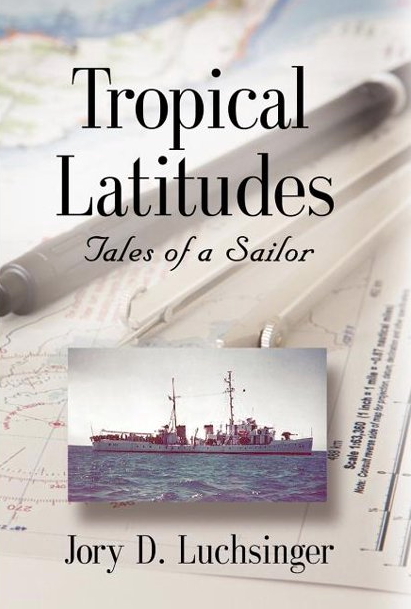
In looking back, my advancing to GM1 in 41 months was almost unheard of in that time frame. Qualifying as Underway OOD on the USCGC Cape Fox for a GM2 was most rewarding as well.
I would also have to say that my service gave me an opportunity to write and publish a memoir of my career with the Coast Guard entitled “Tropical Latitudes…Tales of a Sailor”. Available at www.booklocker.com.
Of all the medals, awards, formal presentations and qualification badges you received, or other memorabilia, which one is the most meaningful to you and why?
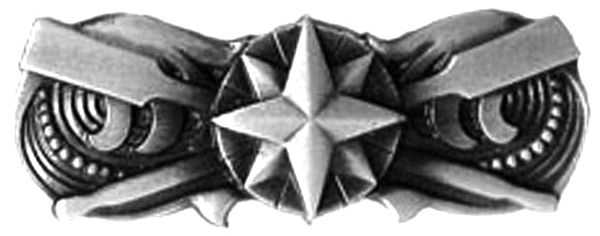
Qualifying for the Coxwain’s Badge was something quite meaningful for me since driving a boat and being a Gunner’s Mate weren’t usually thought of going together.
Qualifying for the Cutterman’s Badge was also a symbol of professionalism for me as a true “Sailor.”
Which individual(s) from your time in the military stand out as having the most positive impact on you and why?
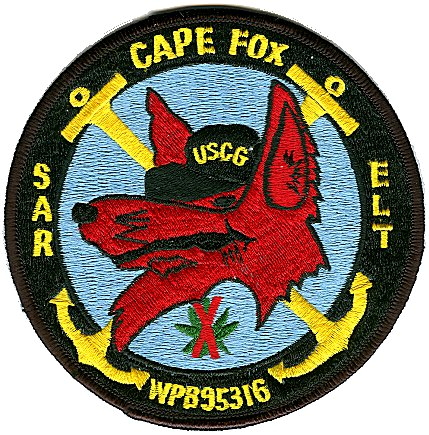
My first shipboard “supervisor,” a grizzled WWII GM1, was, for me, an example of what NOT to be in a Coast Guardsman.
The CO of the USCGC Cape Fox, Alex Blanton, was a great example of professionalism and comportment for me. He wasn’t much older than most of the crew members but was a leader in many ways.
List the names of old friends you served with, at which locations, and recount what you remember most about them. Indicate those you are already in touch with and those you would like to make contact with.
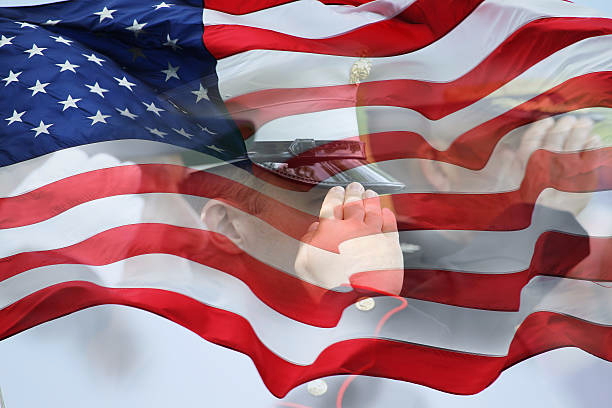
Fairleigh Schoolar QM1. Bootcamp peer, shipmate, and eventually Recruiter who steered me back into the Reserves. In touch with him occasionally.
Loren Lustig BMC, peer and good friend (and fishing buddy) during my time with the Baltimore Small Arms Training Team.
Danny Lane PS1, peer and good friend during my time with the Baltimore Small Arms Training Team. Deceased. May you Rest In Peace, brother.
Can you recount a particular incident from your service, which may or may not have been funny at the time, but still makes you laugh?
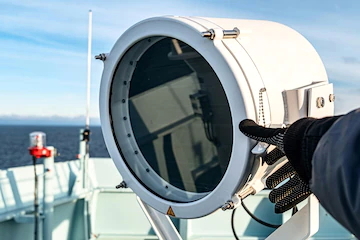
During my first night at sea aboard the Cutter Ariadne in the Florida Straits, as a “Boot SNGM.” GQ sounded in the middle of the night, and my station was on the flying bridge as a lookout.
A flashing light was spotted somewhere out on the horizon, and the CO gave orders to “Hail Him.” I started yelling “AHOY,” “AHOY” at the top of my lungs while everybody on the wings of the bridge below looked up at me like I’d gone MAD!
The Captain’s orders meant for the signalman, using the bridge Aldis signal lamp, to flash the Morse Code Letter “A” (for acknowledge). Afterward, I was the brunt of many jokes by the crew, of course.
Today I still laugh about it.
What profession did you follow after your military service and what are you doing now? if you are currently serving, what is your present occupational specialty?

While in the Reserves for 32 years, I was employed by a life insurance company for just over 20 years. Following that, I became employed in the financial services/investment management business until I retired in 2016.
What military associations are you a member of, if any? what specific benefits do you derive from your memberships?
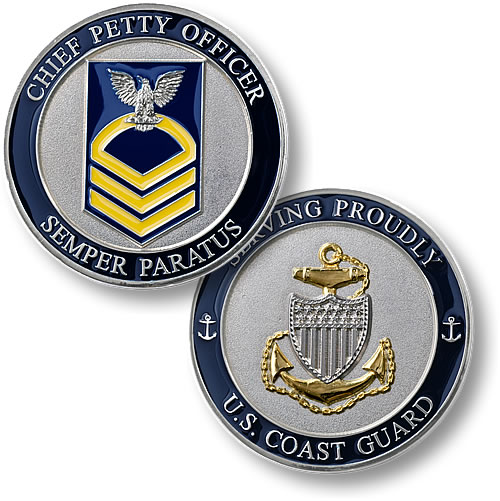
Chief Petty Officers Association (CPOA). Maintain connections with fellow Coasties and receive current news about the Coast Guard.
In what ways has serving in the military influenced the way you have approached your life and your career? What do you miss most about your time in the service?
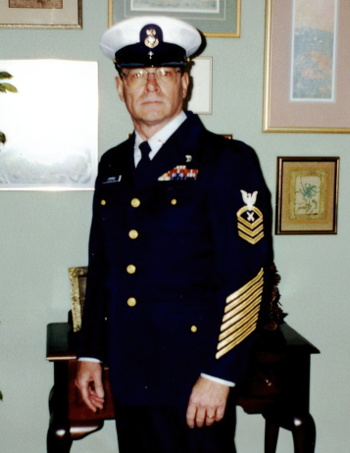
Military service has enabled me to adopt an outlook on a life centered on Focus, Determination, Momentum, and Tenacity in many of the things I encounter daily.
Based on your own experiences, what advice would you give to those who have recently joined the Coast Guard?
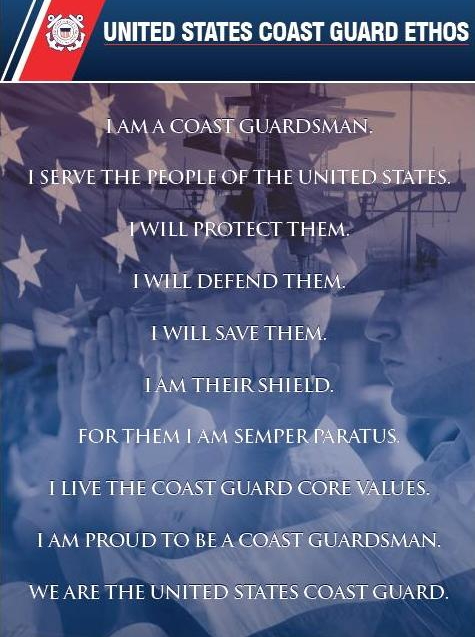
Follow your dream and be the best person you can possibly be every day.
I have nearly always used the following tenets to guide my progress in many things: focus, discipline, momentum, and tenacity.
In what ways has togetherweserved.com helped you remember your military service and the friends you served with.
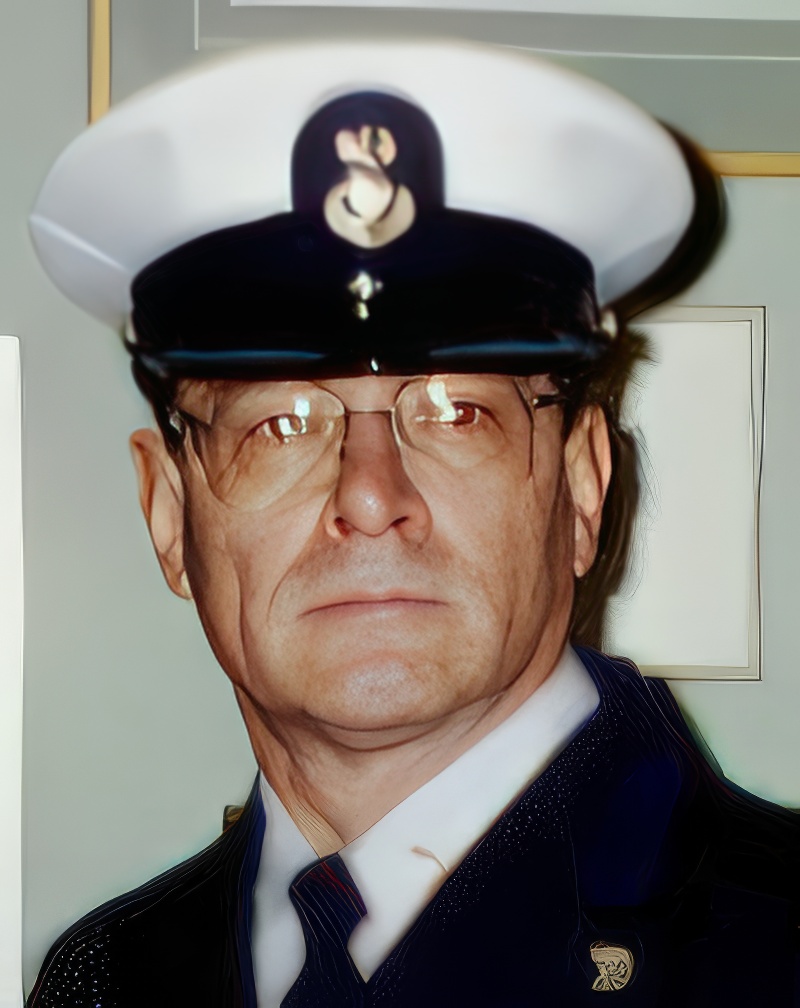
TWS is a great vehicle for sharing your life’s experiences in and out of the military. It’s therapeutic in many ways to relive your history through TWS.
PRESERVE YOUR OWN SERVICE MEMORIES!
Boot Camp, Units, Combat Operations
Join Togetherweserved.com to Create a Legacy of Your Service
U.S. Marine Corps, U.S. Navy, U.S. Air Force, U.S. Army, U.S. Coast Guard

Hey Jory Luchsinger—Hello! From Mike (Albert) Latta, member of Kilo—57 CG boot camp at Cape May. You were RCC I remember. We went then to Class A GM school at Groton, Conn. I went to District 9 after GM school. I made 2nd class and was on the list for first class when I got out in Oct 1969. Remember you well. Message me if you see this. Nice seeing your book-/Albert (Mike) Latta
hi jory, old lightship sailor here 1962–1966 san fran bar station and base ybi